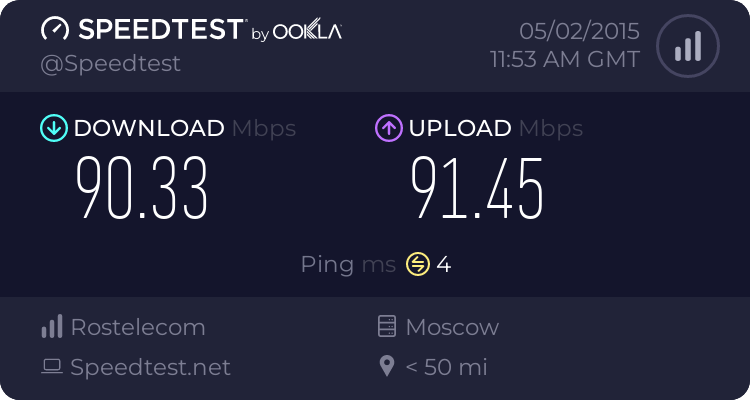ColinTaylor
Part of the Furniture
Like I said, I only picked a few entries at random so maybe I just got unlucky... Generally it's the poor use of English language which leads to confusing or contradictory statements. Whilst, for example, the explanation of Preamble Type is just plain nonsense. YMMV.Care to explain if anything in a few words or what is wrong with what's posted on that website? Really curious since it seemed legit to me, albeit not overly in depth.


